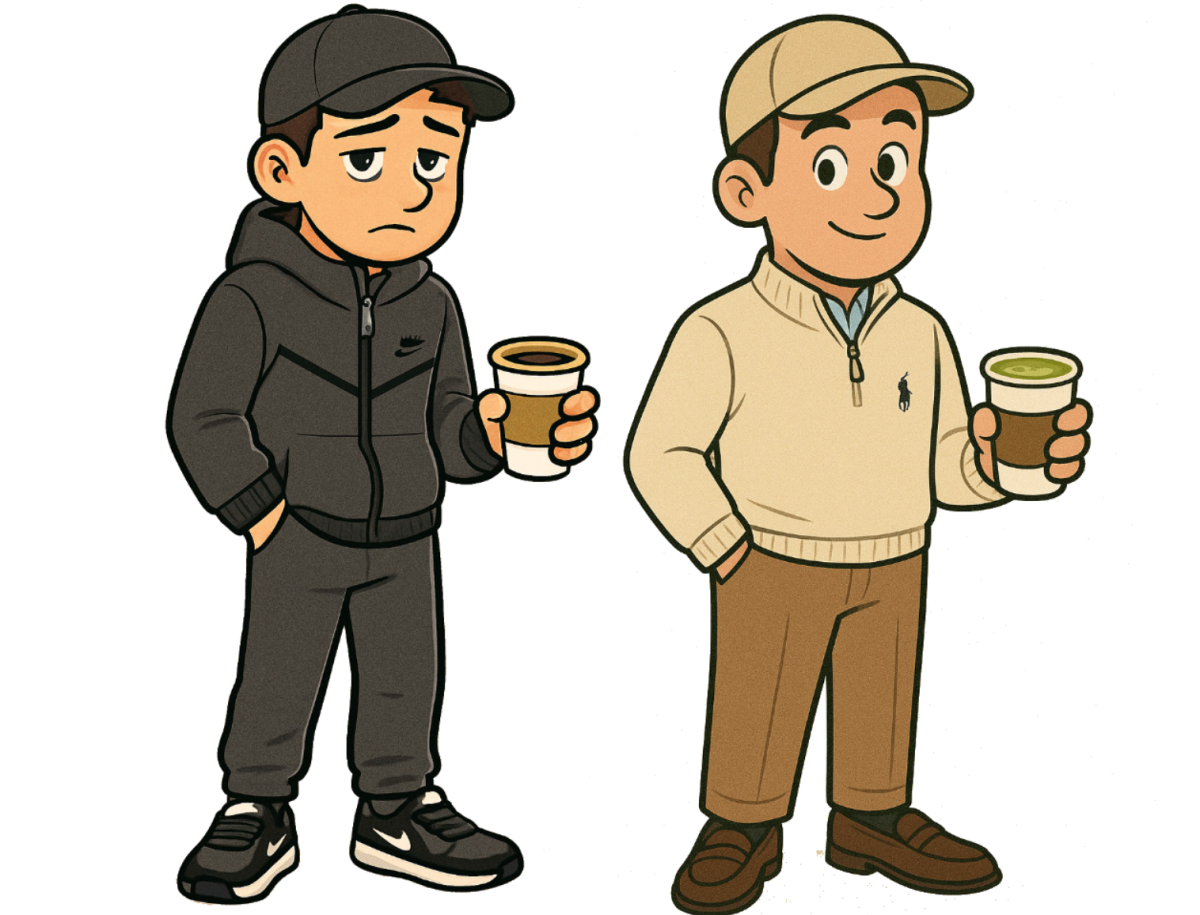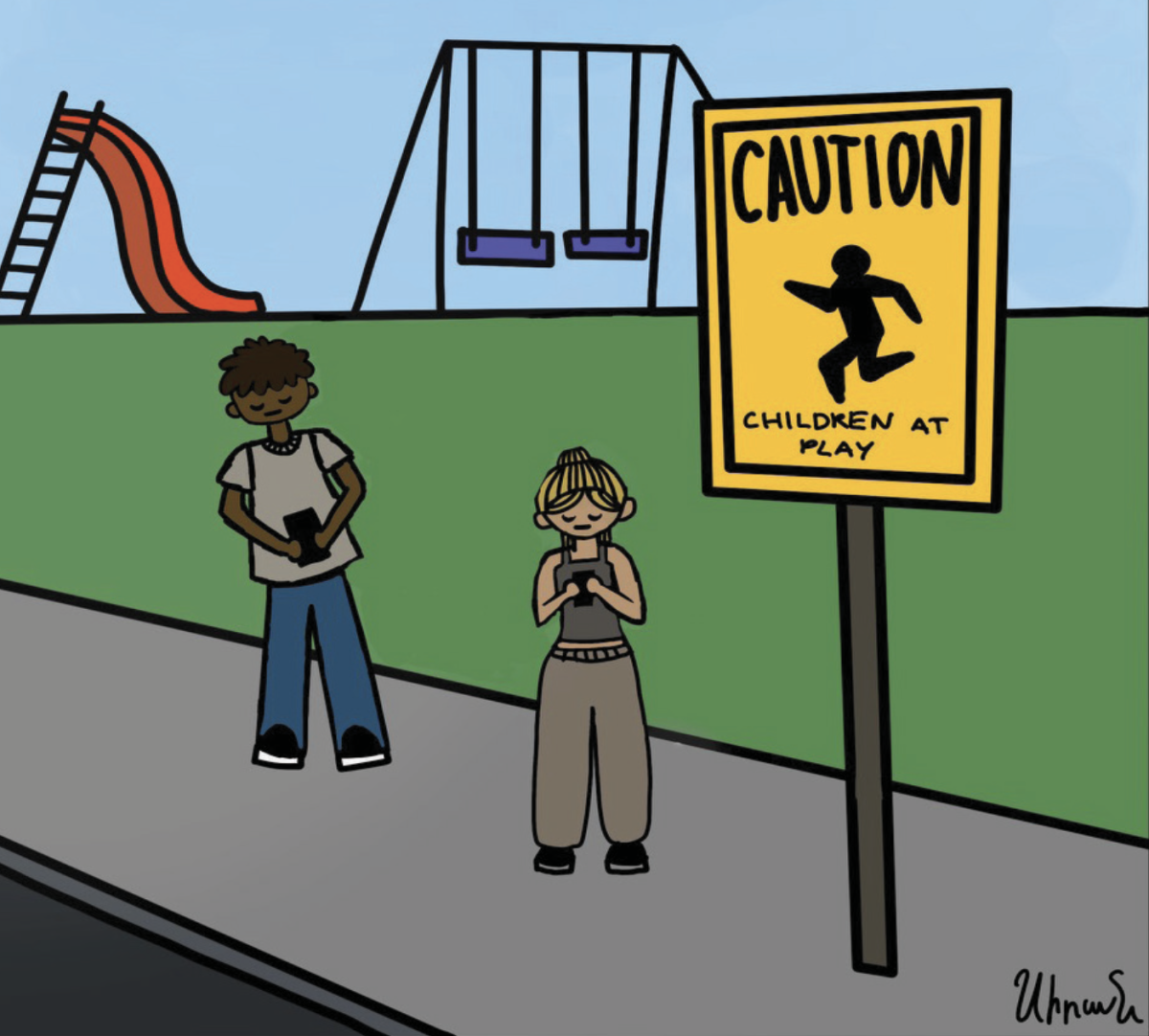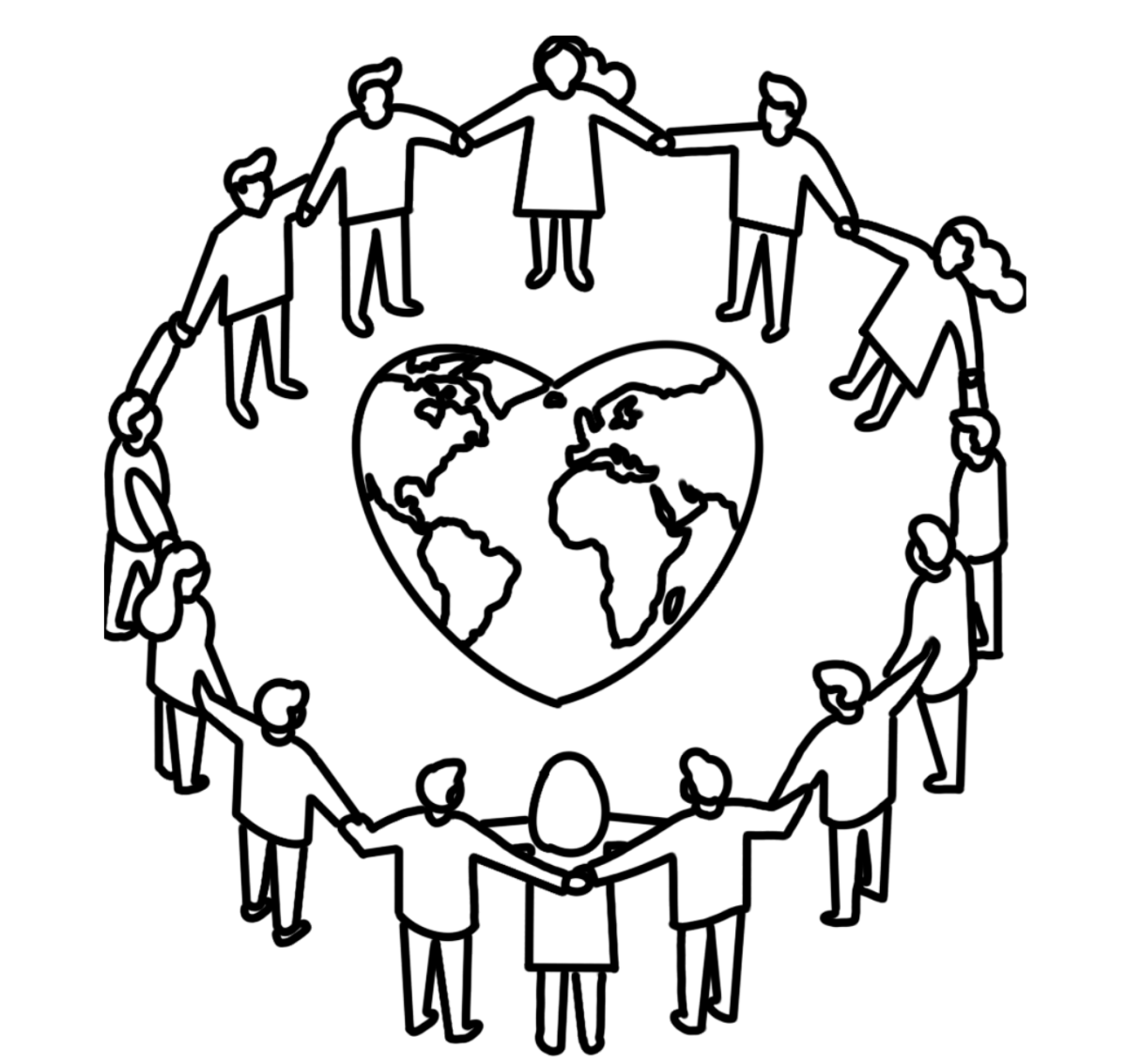On October 12 this year, the school community was likely engaged in a variety of different activities, taking a vacation, relaxing, and catching up on work among them. These are all worthwhile pursuits for any other day, but on that day, formerly known as Columbus Day, and now embraced as Indigenous Peoples’ Day, we question what percentage of the school community was engaged in meaningful reflection regarding Indigenous peoples, histories, rights, cultures, roles in society, and treatment. Likely, it was far from a respectable amount.
Supplanting Columbus Day—in other words, reclaiming the narrative that portrays Columbus and his European conspirators as saviors and credits them with discovering America—Indigenous Peoples’ Day is intended to be, as the Diversity Equity Inclusion and Global Education (DEIG) Office described it, “a celebration of the rich cultural heritage, resilience, and contributions of Indigenous communities across the globe.” It provides an opportunity to admire the plentiful joy and brilliance of Indigenous culture. But conversely, it also must serve as an opportunity to recognize and commit to dismantling the injustices faced by Indigenous communities. “It’s a day to reflect on the enduring struggles they have faced, from colonization to ongoing challenges, such as land rights and cultural preservation,” the DEIG Office wrote. Of course, the fact there’s only one day accorded to this cause is particularly telling; this is work that should be ongoing, not intermittent.
Ignorance of even just the single day is particularly egregious when considering the fact that the school resides on Indigenous, unceded land and that the school community, and every human in America for that matter, owes a great debt to Indigenous peoples. From countless ingenious scientific, medicinal, and agricultural inventions to vibrant cultural traditions to service in the military, Indigenous peoples’ have made immeasurable contributions to society. All non-Indigenous Americans hold a great responsibility to respect, uplift, and deconstruct the historical and present injustices against Indigenous Americans.
The school does offer a recognition of this responsibility, writing on its website that it “acknowledges that the Buckingham Browne & Nichols school is on the ancestral, unceded territory of the Massachusett people. In spite of the theft of their lands and the killings of their ancestors by Western settlers, the Massachusett people, descendants of the Great Sac’hem Chickataubut’s Band of Massachusett at Neponset, have survived and thrived. We invite you to join us in honoring their past, present, and future stewardship.” But this acknowledgment must not remain hidden on a seldom-visited webpage, never to be engaged with. It should be continually discussed with the school community and remain at the forefront of our psyche.
For this acknowledgment to be substantive and not performative, it must be converted into concrete action and restorative justice. Exactly what form that restorative justice should take, we are unqualified to dictate. Reparations, restoration of tribal sovereignty, and education that addresses the full truth of the American story all are manners which could end racism against and elevate Indigenous communities.
Page 3
But nonetheless, this is a subject that requires meticulous thought beyond what this half-a-page essay can capture. And perhaps that is the theme of this editorial: acknowledgment of, appreciation for, and action to benefit Indigenous peoples should occupy far more than a half a page editorial or a single day. It should span the whole year.




